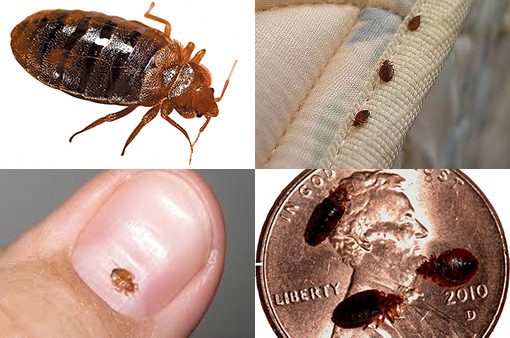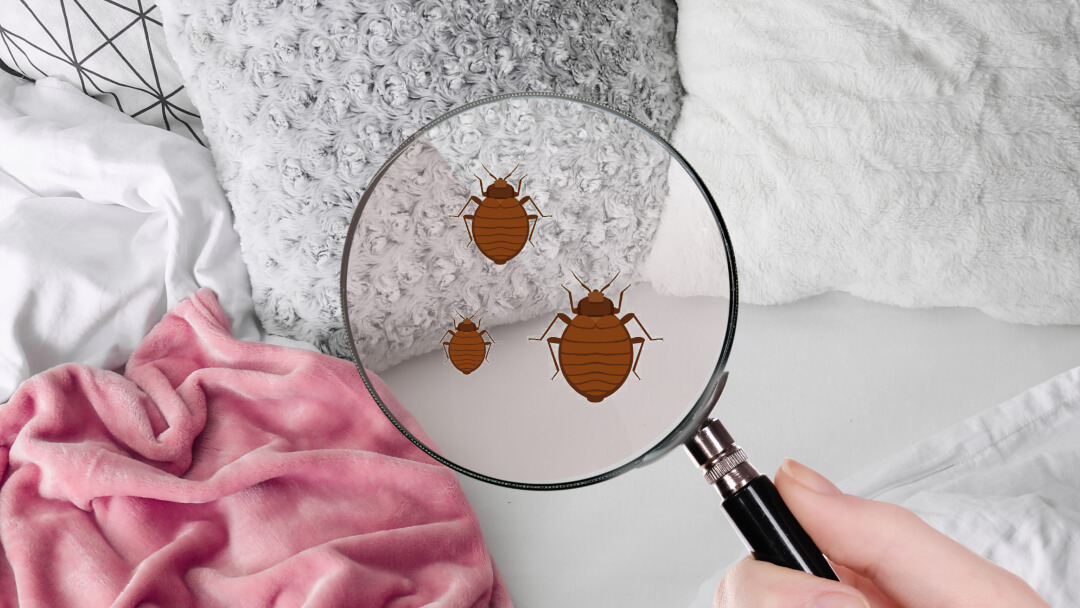Specialist Bed Bug Exterminator Near Me: DC Exterminator Solutions
Specialist Bed Bug Exterminator Near Me: DC Exterminator Solutions
Blog Article
Exploring the Scientific Research Behind Bed Bug Warm Treatments as a Lasting Insect Management Technique
One such technique that has gained traction in current years is the usage of warm therapies to combat bed bug invasions. The details of how warmth effectively removes bed insects and the wider effects for sustainable parasite management methods make this a topic worth checking out better.
Bed Pest Warm Treatment Process

Thermal Fatality Point for Bed Bugs
Exposing bed insects to elevated temperature levels past their thermal tolerance array is critical for accomplishing reliable eradication in warm therapy procedures. By reaching and maintaining temperatures over the thermal death factor for bed pests, pest monitoring experts can make certain detailed elimination of bed pest populations, including hard-to-reach locations where chemical therapies may be less effective. Understanding the thermal death point for bed bugs is vital for applying successful warmth therapy techniques and accomplishing lasting pest monitoring results.
Benefits of Heat Treatments
Having established the critical thermal fatality factor for bed bugs, it is important to currently discover the considerable advantages that warmth treatments use in successfully getting rid of these resilient parasites. Warmth treatments existing several crucial benefits when contrasted to conventional chemical methods. One of the primary advantages is that heat can penetrate deep right into crevices and cracks where bed insects conceal, ensuring that even one of the most hard-to-reach locations are heated to deadly temperature levels. This extensive technique not just eliminates online pests but also targets bed pest eggs, avoiding future invasions.
Additionally, heat therapies are non-toxic and eco-friendly, making them a sustainable pest administration approach. Unlike chemical pesticides, heat treatments do not leave dangerous residues that can present dangers to human health or the environment. This aspect is particularly important in sensitive atmospheres such as medical facilities, institutions, and property areas where chemical usage may not be preferable.
Additionally, warm therapies have a high success rate in getting rid of bed insect infestations in a single therapy, decreasing the requirement for numerous sees and lessening disruption to occupants. This efficiency not just conserves money and time however likewise offers comfort to those taking care of bed pest troubles.
Effectiveness of Heat Therapy

Heat treatments have the added benefit of killing bed bug eggs, which are usually resistant to typical chemical treatments. Overall, the efficiency of warm therapies in getting rid of bed bug infestations makes them a trustworthy and lasting insect monitoring strategy.
Sustainable Insect Management Conveniences
Executing lasting insect management methods uses long-lasting benefits for both the setting and public health. By making use of techniques such as warm treatments for insect control, we can reduce the dependence on hazardous chemical pesticides that can have negative results on communities and human health - DC exterminator. Lasting parasite management methods help in maintaining biodiversity by targeting particular bugs without hurting non-target organisms, thereby preserving a well balanced environment
In addition, lasting pest administration techniques add to the overall health and wellness and well-being of the public. By minimizing direct exposure to poisonous chemicals anonymous used in standard parasite control methods, warmth treatments offer a more secure choice for bug monitoring in household, business, and public spaces. This reduction in chemical use likewise helps in preventing chemical deposits from polluting dirt, air, and water, guarding ecological quality.
Verdict
In conclusion, bed pest heat treatments have actually been shown to be a lasting and efficient pest monitoring strategy. The thermal fatality point for bed insects makes them susceptible to warmth therapies, which have countless advantages over standard chemical therapies. The efficiency of warm therapies in getting rid of bed pest invasions while minimizing ecological effect highlights the capacity of this technique as go a lasting remedy for parasite control.
The bed insect heat therapy procedure involves increasing the temperature level within plagued areas to a degree that efficiently gets rid of bed pests and their eggs. By reaching and maintaining temperature levels above the thermal death point for bed bugs, insect management specialists can guarantee detailed removal of bed pest populaces, consisting of hard-to-reach locations where chemical treatments may be less effective. One of the key benefits is that heat can permeate deep right into cracks and crevices where bed pests hide, ensuring that even the most hard-to-reach areas are heated up to deadly temperature levels. Unlike chemical treatments that may leave behind immune populations, heat treatments supply a environmentally friendly and non-toxic solution that can permeate deep into furniture, walls, and other hard-to-reach areas where bed pests hide.
The thermal death factor for bed pests makes them prone to heat therapies, which have many advantages over typical chemical therapies.
Report this page